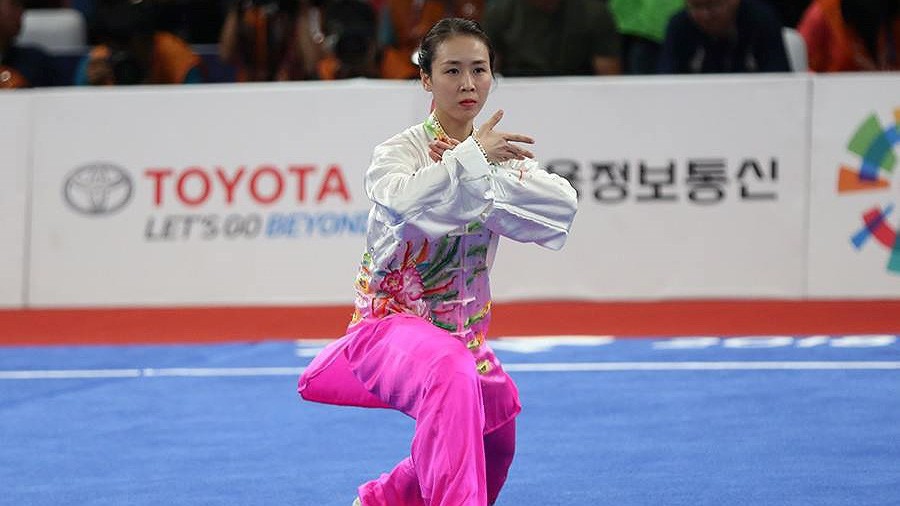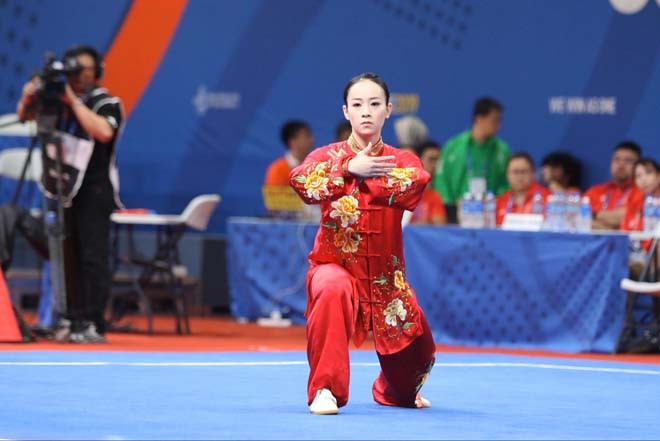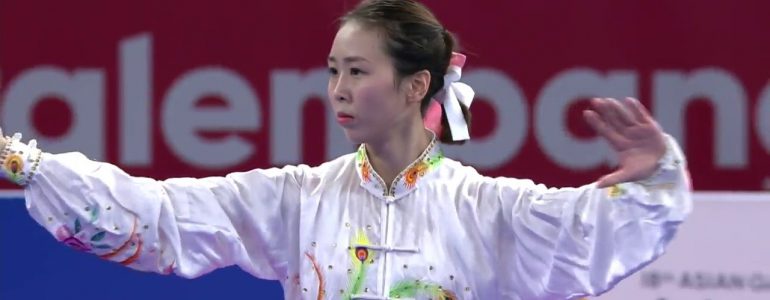Chinese martial arts in general or wushu in particular have a long history and tradition. Appear at the dawn of civilization and change with the development of humanity and social system. They not only exist as a means of defense, but also serve as an integral part of culture.
When one person mentions wushu many people may not understand, but when one mentions kung fu everyone knows the meaning of it. During its long history, wushu has developed into many distinct styles and systems. Each combines its own techniques, tactics, principles, and methods. It also uses a variety of traditional weapons.

Folk wushu is a form of fighting for competition or performance. The focus is on combat and training that focuses on developing skills for an individual. Its purpose is to defeat or capture an opponent, or to avoid being hurt by the opponent. Folk wushu techniques are somewhat similar to boxing.
Military Wushu is again focused on developing its technical systems with the intentions of moving towards war and military conflict. Hence the fact that it is still considered more of a military skill than a martial art. Historically, after the invention of guns, military wushu lost its value and was abandoned by the military, which was later incorporated into folk wushu.
Folk wushu develops due to the need to respond to individual combat situations. Absorbing the quintessence of folk, it continues to grow deeper and richer.

Though at the core of traditional wushu is an offensive and defensive method. But reality is not only considered a simple means of fighting, but it is also deeply interwoven with moral principles.
Nowadays, the term wushu is mainly used to describe a sport of performance and competition. Wushu is divided into two genres, wushu sanshou and wushu taolu.
Wushu became a nationalized fighting sport in China in the 1950s. With China’s entry on the international scene and the spread of Chinese culture, wushu also spread around the world.

